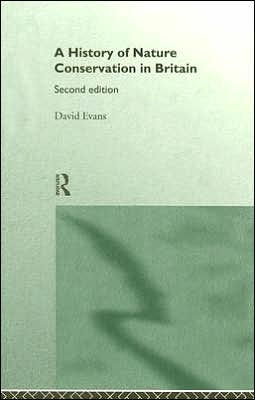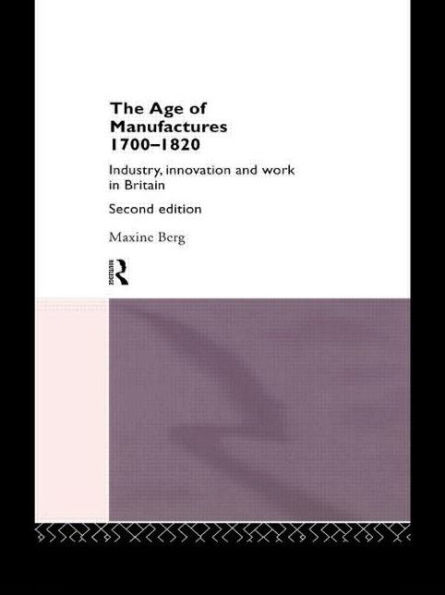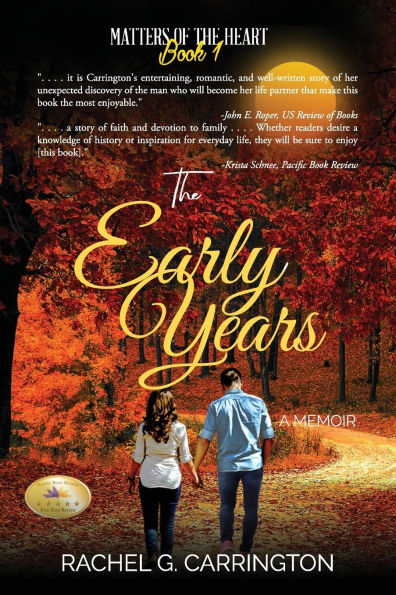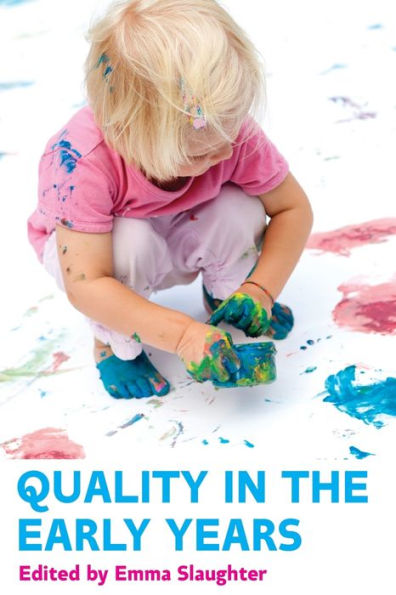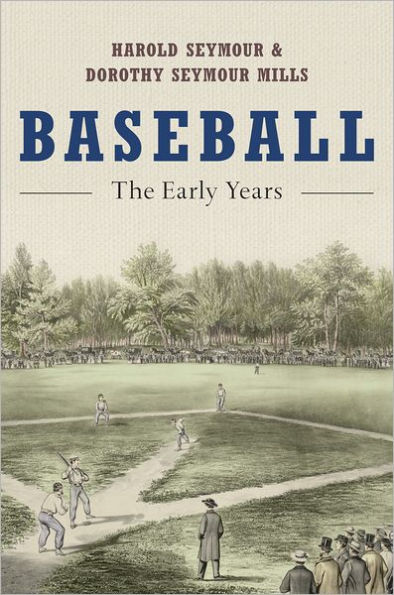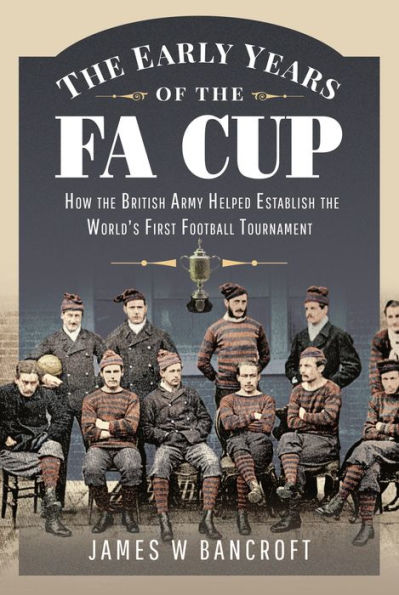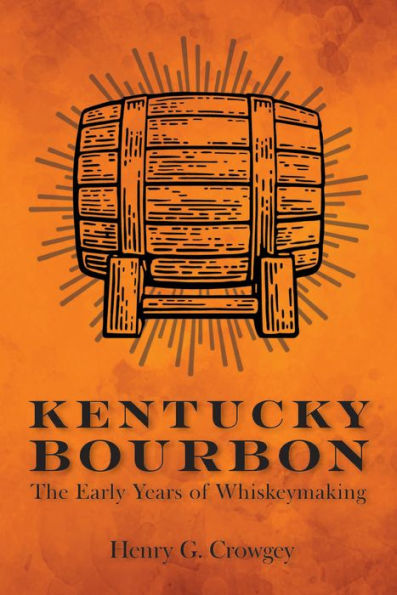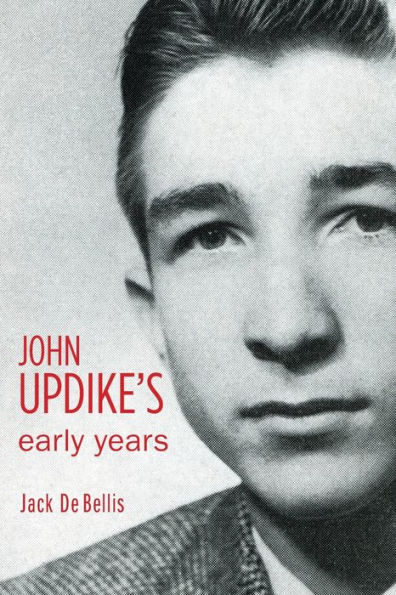Home
The Dream That Kicks: The Prehistory and Early Years of Cinema in Britain / Edition 2
Barnes and Noble
The Dream That Kicks: The Prehistory and Early Years of Cinema in Britain / Edition 2
Current price: $49.95


Barnes and Noble
The Dream That Kicks: The Prehistory and Early Years of Cinema in Britain / Edition 2
Current price: $49.95
Size: OS
Loading Inventory...
*Product information may vary - to confirm product availability, pricing, shipping and return information please contact Barnes and Noble
The Dream the Kicks
is a classic account of the prehistory and early years of cinema in Britain. In this new paperback edition, which has been thoroughly revised to take into account recent scholarship of early cinema, Michael Chanan provides a fasciniating account of the rich and hitherto hidden history of the origins of film.
Chanan demonstrates that the theory of ‘the persistence of vision', which led to the invention of moving pictures, has been superceded by modern scientific findings. In its place, he puts forward a theory of invention as a type of
bricolage
, and shows that cinematography was a product of the forces of nineteenth century capitalism. He discusses the wealth of influences, both popular and bourgeois, on the culture of early cinema, including diorama, the magic lantern, itinerant entertainers and music hall. He looks at the relationship between film and photography, and considers the nascent film business, the ways in which early cinema was received by its audiences and the developing aesthetics of cinema in its first fifteen years.
is a classic account of the prehistory and early years of cinema in Britain. In this new paperback edition, which has been thoroughly revised to take into account recent scholarship of early cinema, Michael Chanan provides a fasciniating account of the rich and hitherto hidden history of the origins of film.
Chanan demonstrates that the theory of ‘the persistence of vision', which led to the invention of moving pictures, has been superceded by modern scientific findings. In its place, he puts forward a theory of invention as a type of
bricolage
, and shows that cinematography was a product of the forces of nineteenth century capitalism. He discusses the wealth of influences, both popular and bourgeois, on the culture of early cinema, including diorama, the magic lantern, itinerant entertainers and music hall. He looks at the relationship between film and photography, and considers the nascent film business, the ways in which early cinema was received by its audiences and the developing aesthetics of cinema in its first fifteen years.
